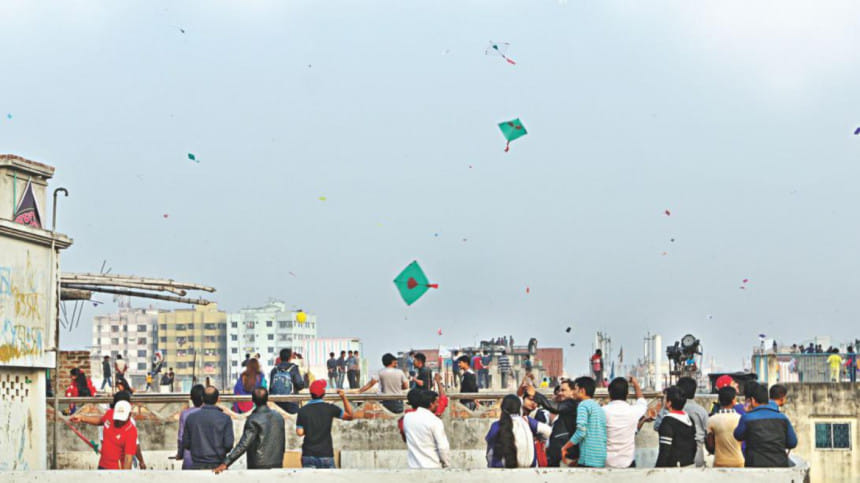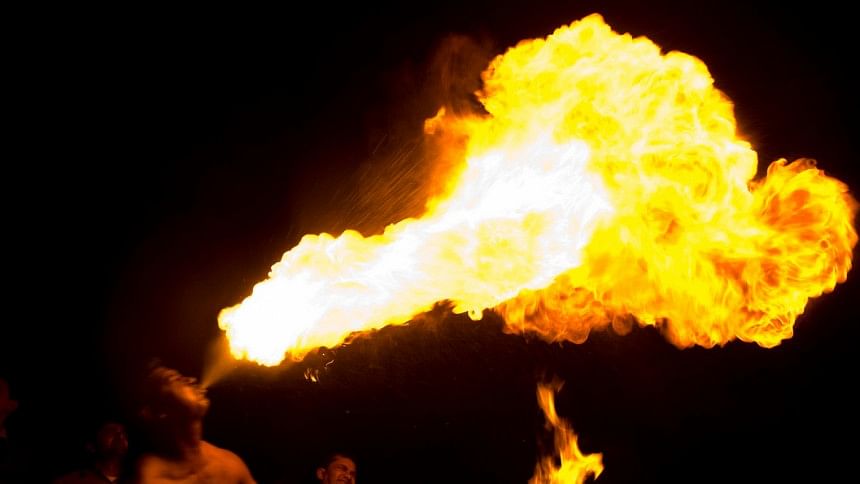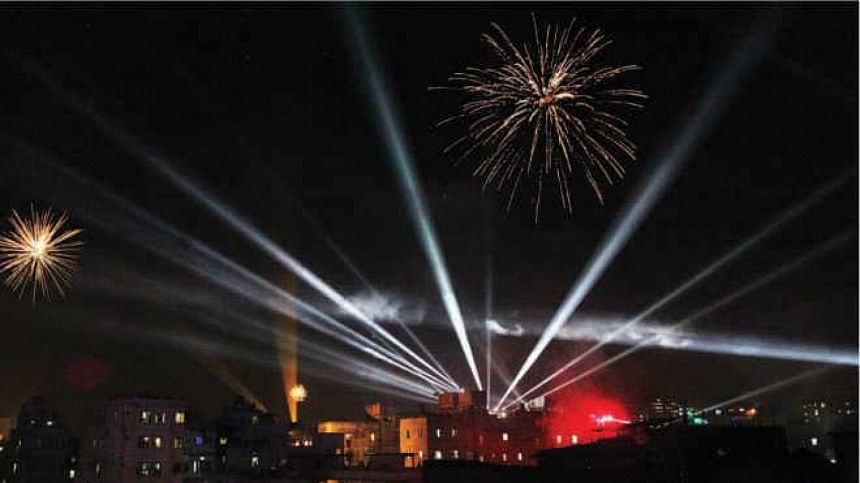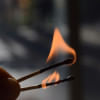Is it time to rethink Shakrain?

It is that time of the year again when the clear blue sky is dotted with colourful kites of all shapes and sizes. As we bid adieu to the Bengali month of Poush, we celebrate the last day of flying kites through the festival of Shakrain, an age-old tradition of Old Dhaka that dates back to the Mughal period, when kite-flying was a form of entertainment for the elite.
Previously, Shakrain was all about the day-long preparation of flying kites and making traditional pitha that would keep the youth and elderly busy and brimming with excitement. Mostly happening in the areas that line the Buriganga River, it is an occasion exclusive to old Dhaka, where people from all over the city come to take part in.
But as it is applicable to everything else, change is inevitable, and Shakrain has vastly changed over the years. In order to add more zeal and life to the festival, over the past decade, Shakrain has gone through the addition of a host of activities that were not originally a part of this occasion.

Shakrain demonstrates the canvas of brotherhood and cheerfulness of Old Dhaka dwellers. Traditionally, the festivities would be intimate, involving a group of close-knit friends and family members who would gather in a roof, enjoy flying kites and traditional food, and wrap up the festivities towards the evening with a soiree.
What we see now are open parties that are dazzling with lights and booming with noise on the rooftops of Old Dhaka. Not to mention the extravagance that is added with shows of fire-spinning, fire-spitting, fireworks, and fire lanterns. Although these additions have added to the grandeur of the event, is it truly a change for the better?
"Tradition is like a relay race that is passed down from generation to generation and thus, inevitably it goes through some modifications. However, for Shakrain, it has been so vastly modified over the past decade that it seems to be losing its true essence and lost its glory days. Kids these days are more excited for the party afterwards rather than kite-flying," said Sartaj Qureshi, an elderly dweller of Old Dhaka reminiscing his younger days.
Several rooftops in old town now arrange such parties, which includes friends, but also a bunch of strangers. One group might see it as a form of community building, but others view it as a breeding ground of destroying a tradition.
"Old town is deeply rooted with culture and tradition. We value the morals and wisdoms of our murubbis (elders). Shakrain is tarnishing our reputation and fomenting a generation of youth who will move far away from our cultural and religious teachings," added Qureshi.
Bringing the limelight on the display of fire, how appropriate or safe is the inclusion of fire, in any form, to celebrate an occasion in the congested buildings of old town where the roofs are not only adjacent but quite literally adjoined to each other? From a logical perspective, not very much.
However, some people would beg to differ, such as Tarek Amin, an organiser of such parties, who argues, "Fireworks are also lit during new year, and no one bats an eye. But when the sky lights up during Shakrain, everyone seems to have a problem with it."

However, the problem does not lie in lighting fireworks, rather it is the place of execution, and the housing conditions of old Dhaka makes it a place far from ideal to do so. Especially, taking into consideration that there are lots of warehouses in old town that are filled with cosmetics and chemicals, perhaps we are just one step away from a major catastrophe.
We have already seen multiple incidents of accidents occurring, but even after all this, are we careful enough? "I am not a fan of lighting fireworks in this manner – not only is it unsafe but this also causes pollution. I think such occasions ought to be regulated and centralised so that we can celebrate in a safe manner," voiced Syed Muhammad Mujtaba, a resident of old town.
Whether new year or Shakrain, the roofs of old Dhaka should not be used as a launching pad for fireworks. Apart from waiting for regulations to be set in place from official bodies, we can do our part and be responsible citizens. The onus lies on us, as in the end, we will face the repercussions.
Additionally, the deafening noise for hours long takes a toll on elderly people, new-borns, the ailed, and also pets. If we are to conduct such loud activities within so much close proximity, then we should also take note of how it is affecting the people living nearby.
Shakrain denotes a festival of joy, happiness, and friendship. Reflecting on its history, it is a jubilant celebration with a rich history tailing it. Albeit with rapidly altering times, festivities ought to change as we pick and insert aspects from various places, are we headed towards completely detaching Shakrain from its original purpose? Are we dismissing the safety of ourselves in the name of celebration?
This joyful occasion no longer remains only a festival of kites, so is it in fact time, to rethink Shakrain?

 For all latest news, follow The Daily Star's Google News channel.
For all latest news, follow The Daily Star's Google News channel. 







Comments